Premium Only Content
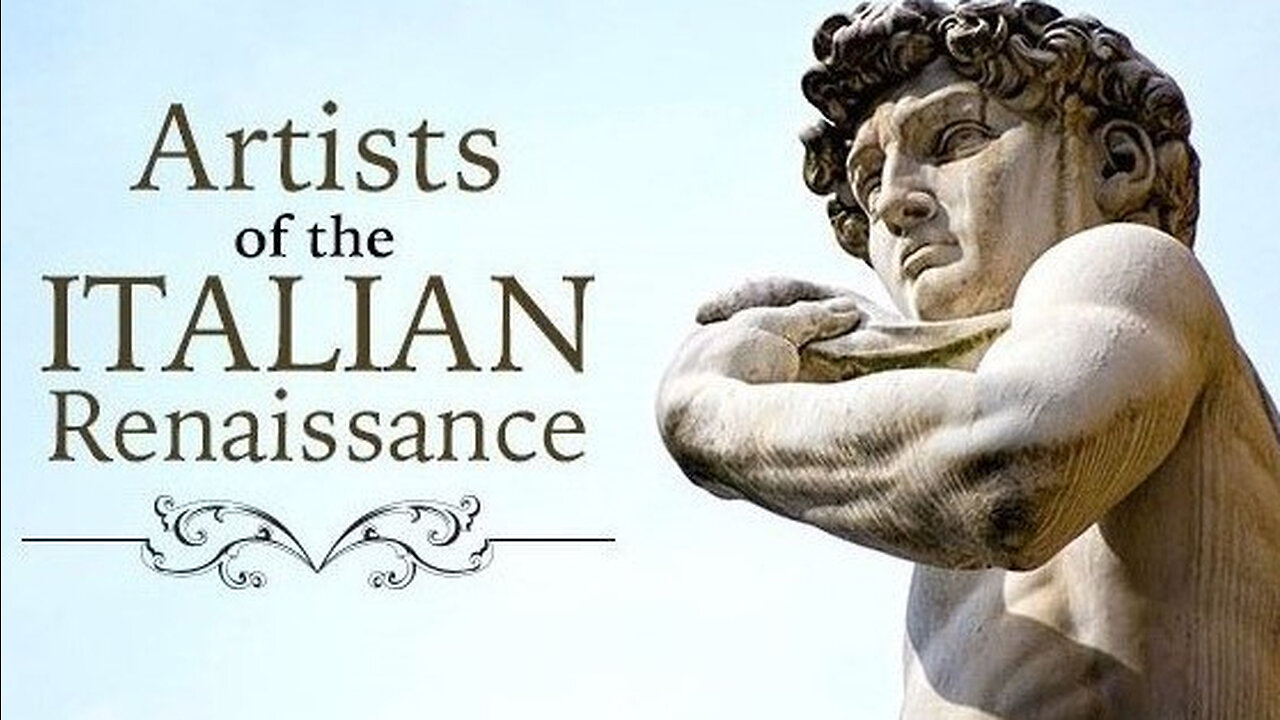
Great Artists of the Italian Renaissance | Italy and the Renaissance (Lecture 1)
36 Lectures, 30 minutes/lecture
Taught by William Kloss, M.A. Professor, Independent Art Historian
Professor William Kloss is an independent art historian and scholar who lectures and writes about a wide range of European and American art. He was educated at Oberlin College, where he earned a B.A. in English and an M.A. in Art History. He continued his postgraduate work on a teaching fellowship at the University of Michigan and was then awarded a Fulbright Fellowship for two years of study in Rome. As Assistant Professor of Art History at the University of Virginia, he taught 17th- and 18th-century European art and 19th-century French art.
No era of artistic achievement is as renowned as the Renaissance, and no country holds a higher place in that period than Italy. The supreme works created in Florence, Rome, Venice, and other Italian cities by such masters as Leonardo da Vinci, Botticelli, Michelangelo, Raphael, and Titian have never equaled and have established a canon of beauty that pervades Western culture to this day. To view these works is to enter a world that is incomparably rich, filled with emotion and drama that is palpable, though sometimes mysterious to our modern sensibility. To study these works with an expert is to penetrate that mystery and gain a new appreciation for how these masterpieces were created and what they meant to the artists and people of the time.
Professor William Kloss is your guide through this visual feast in an artist-centered survey that explores hundreds of paintings and sculptures by scores of artists. These lectures cover art history at the times of the Early Renaissance and the High Renaissance, which extended from about 1400 to about 1520. Italy is the first and principal location of the Renaissance, and it was in Florence that it took its deepest root. The word renaissance means rebirth, and it is the name given to the transition from medieval to modern times in Europe, when the rediscovery of ancient Greek and Roman culture sparked a creative revolution in the humanities, the sciences, and the arts.
Humanism, a philosophical, literary, and artistic ideal, went hand in hand with this rebirth. It emphasized the dignity and potential of humanity and inspired secular studies, as well as the creation of art that reflected the forms and ideas of the Classical era. Renaissance society—and art—was permeated with religion. In the arts, this new approach encompassed powerful new techniques for representing the human figure and the visible world, and also new attitudes about the roles of artists in society. From a modest rank as craftsman, the artist gradually rose to a status comparable to poets and philosophers.
The first 25 lectures examine the artists of Central Italy, where Florence is located, then the focus shifts to Northern Italy. You cover the works of more than 40 artists. The visual content of this course puts it in a class with heavily illustrated art books. Some 500 images of paintings, sculptures, prints, drawings, maps, buildings, and architectural details are featured. Many works are explored in considerable depth, with searching commentary by Professor Kloss that is both enlightening and personal.
In the final two lectures, Professor Kloss looks at the Renaissance as a whole and surveys the political, social, and religious events of the early 16th century that brought profound change to Italy and the rest of Europe. He then examines how art inevitably changed as a result.
Altogether, the Renaissance lasted about 120 years, and the period of the High Renaissance a little over 40 years. No later Western art can be discussed without reference to this era—especially as it matured and flourished in the cities of Italy.
Lecture 1: This lecture examines the features of late medieval culture in Italy that paved the way for the Renaissance. In painting, Giotto di Bondone evolved a proto-Renaissance style in contrast to the prevailing late-Gothic style.
-
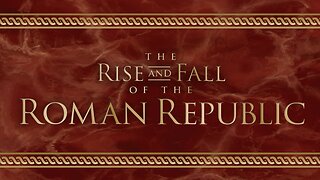 18:01
18:01
The Great Courses
28 days agoThe Rise And Fall Of The Roman Republic | The Roman Constitution (Lecture 4)
1691 -
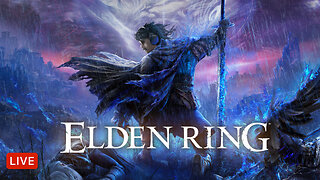 LIVE
LIVE
Dr Disrespect
1 hour ago🔴LIVE - DR DISRESPECT - ELDEN RING DLC - REVENGE
2,603 watching -
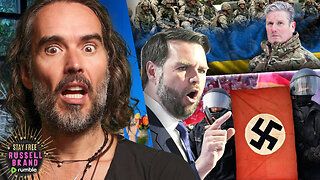 LIVE
LIVE
Russell Brand
1 hour agoBREAKING: UK Troops To Ukraine | Zelensky Wants “Army Of Europe” | JD Vance SLAMS EU Tyranny – SF538
6,811 watching -
 DVR
DVR
Benny Johnson
2 hours agoPANIC: Feds FLEE DC After Mass PURGE, Fired USAID Activists EXPOSED | Trump DOMINATES Daytona 500
36.9K21 -
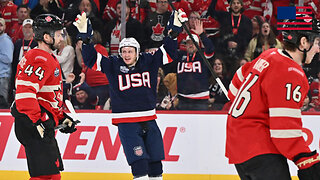 LIVE
LIVE
The Charlie Kirk Show
55 minutes agoCBS Steps In It + Hockey Brawl + Judicial Standoff | Yoo, Schlapp, BigTree | 2.17.2025
6,573 watching -
 1:01:26
1:01:26
The Dan Bongino Show
3 hours agoTrump Is Cancelling DEI And Cancel Culture (Ep. 2424) - 02/17/2025
485K790 -
 1:06:12
1:06:12
Timcast
2 hours agoDemocrat Swamp IMPLODES, CBS Runs DAMAGE Control For Democrats, Gets ROASTED By Elon | Timcast LIVE
82.9K84 -
 2:00:58
2:00:58
RealAmericasVoice
9 hours agoWAR ROOM WITH STEVE BANNON AM EDITION
60.1K8 -
 2:59:47
2:59:47
Wendy Bell Radio
8 hours agoAmerica Drops The Gloves
66.5K49 -
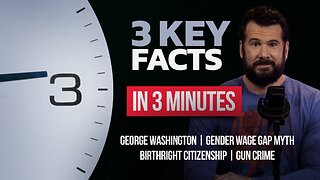 1:22:27
1:22:27
Steven Crowder
3 hours agoGeorge Washington, Our First President | 3 in 3 Special
220K133